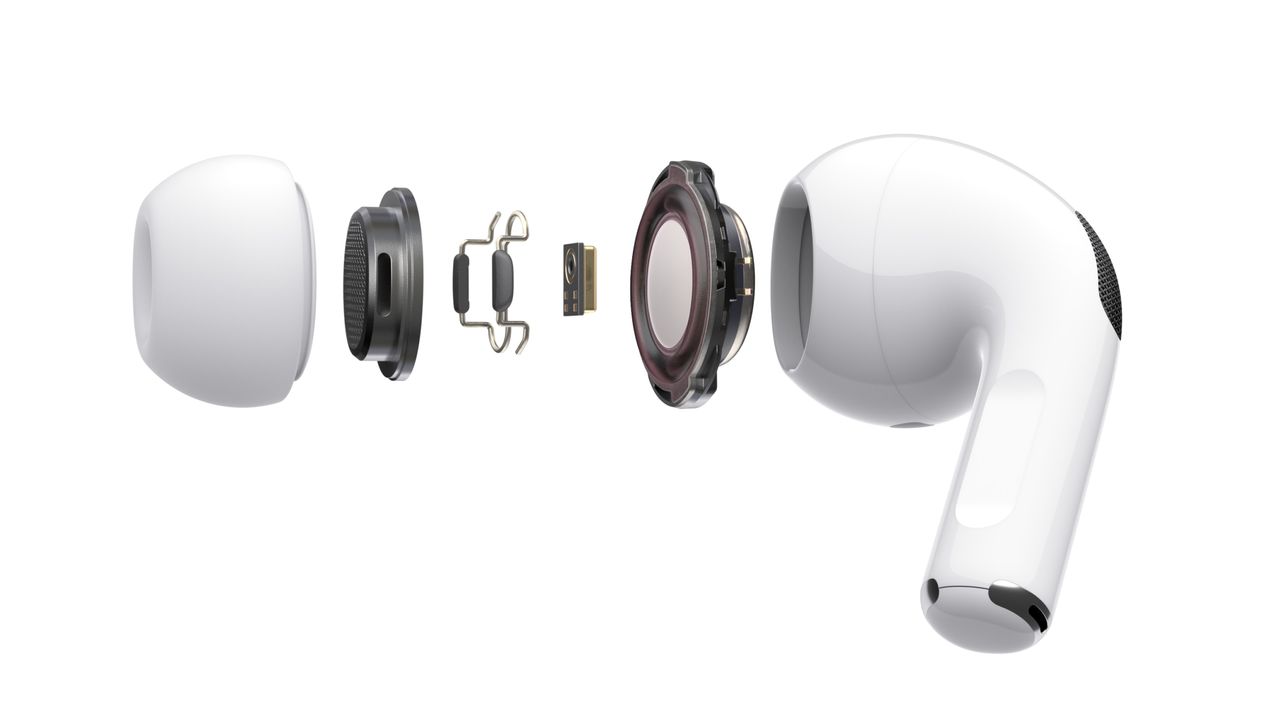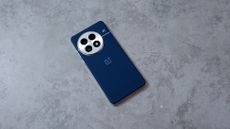TechAudioHeadphonesEarbudsExplained: how AirPods Pro 2 could get lossless audio over BluetoothIt’s rumoured that Apple AirPods Pro 2 will support wireless lossless audio for the first time – so how will that? Let’s look at how it’s done elsewhereWhen you purchase through links on our site, we may earn an affiliate commission.Here’s how it works.
TechAudioHeadphonesEarbudsExplained: how AirPods Pro 2 could get lossless audio over BluetoothIt’s rumoured that Apple AirPods Pro 2 will support wireless lossless audio for the first time – so how will that? Let’s look at how it’s done elsewhereWhen you purchase through links on our site, we may earn an affiliate commission.Here’s how it works.
It’s rumoured that Apple AirPods Pro 2 will support wireless lossless audio for the first time – so how will that? Let’s look at how it’s done elsewhere
When you purchase through links on our site, we may earn an affiliate commission.Here’s how it works.
(Image credit: Apple)

(Image credit: Apple)
But this isn’t the only option – it’s possible for companies to create their own higher-quality way to send music over Bluetooth. Most don’t bother because both the sending device and the headphones have to support your new tech, so you have to get lots of other companies to be on board with what you’re trying to do. Only one company has really tried it, and it’sSony, with its LDAC tech. It’s supported on loads ofAndroidphones, but only via a special hidden menu option, and few of thebest wireless headphoneshave ever included support, outside of Sony’s own options.
But that’s no problem for Apple.AirPodsare already packed with feature that only works with iPhones, iPads and Macs – this would just be one more exclusive. Apple can update iPhones to support a new audio streaming tech as long as it works within existing Bluetooth limits, and then it can build AirPods Pro 2 with this in mind.
So the big question is how Apple can add lossless support to Bluetooth’s usually middling audio quality? Well, Sony’s LDAC tech mentioned above already gives us a hint how it can be done, so let’s look at the key technologies there, plus one other advantage Apple has in the pocket.
1. Adaptive bitrates
The main thing you need for lossless audio quality is the ability to send lots of information reliably. This is why audiophiles preferwired headphones: nothing relays a ton of information more reliably than a cable.
In the wireless world, what you need to do is increase the bitrate – literally, the rate at which you can send bits of digital information to another device. Bluetooth 5 and later already gives us all the bitrate we need for high-quality lossless audio: up to 2Mbps. Standard Bluetooth audio transmission today (not including LDAC or aptX) is limited to around 0.3Mbps.
Sign up to the T3 newsletter for smarter living straight to your inbox
Get all the latest news, reviews, deals and buying guides on gorgeous tech, home and active products from the T3 experts
So we can just crank up the bitrate, right? Well, the key word in my first sentence above is “reliably”. Bluetooth can only reach its maximum speeds as long as the devices are close together and there’s nothing in between them. Not really useful for wireless headphones – there’s no point trying to beam high quality music if it keeps cutting out.
So Sony’s LDAC tech tackles this in two ways: 1) It limits the maximum bitrate of its music to just under 1Mbps at most – still triple what Bluetooth normally offers, but not too hard for modern devices to maintain. And 2) it automatically switches between three different bitrates depending on connection quality.
LDAC can beam its music at 990kbps at a maximum, or 660kbps when the connection’s a bit dodgy (still a marked improvement over regular Bluetooth), or 330kbps when the connection is toughest – like if you’re over the other side of the house from your phone.
This ensures that you always hear your music consistently, even if the quality has to drop at times – this is exactly the kind of prioritising of experience that I’d expect Apple to take, so adding adaptive bitrate would make total sense for AirPods Pro 2.
2. Hybrid lossy/lossless streaming
To send music over regular Bluetooth’s limited bitrate, it has to be compressed – no two ways about it. But even with LDAC’s higher bitrate, it’s smart to pick and choose your battles, because of the connection reliability consideration mentioned above.
This reduces the total amount of information the track needs in order to reliably stream, but maintains quality for the most important parts. Again, we wouldn’t be surprised to see Apple implement a very similar system.
3. The other kind of lossless
Right, here’s where it gets confusing. In digital audio, ‘lossless’ actually has two uses. So far, we’ve been using it for one use in particular, which is the same way Apple uses it when talking about lossless audio in Apple Music: a higher-quality file that hasn’t lost its fine details to compression.
But there is a second meaning, and it’s related to how you actually send the file wirelessly, rather than referring to the file itself. The standard Bluetooth streaming music format is called SBC, and it’sonlyused for sending files over Bluetooth. So if you have an MP3, your phone has to convert it to SBC on the fly. This conversion process can cause a further loss of fine detail information from the track.
So the second meaning of ‘lossless’ here is when you’re able to transmit files over Bluetooth without converting them, meaning there’s noadditionalloss from doing that.
In order to do that, both the sending device and the headphones need to support the same file types, and your music has to be in that file type. Again, this is no problem for Apple, since it makes both theiPhoneand AirPods, and it has the Apple Music service.
Simple.
Apple will almost certainly have other transmission tricks up its sleeve make this work well, and the company has spoken in thisinterview with What Hi-Fi?about how it also prioritises low latency, so there’s as little time as possible between how long the music takes to beam from your phone to playing in your ears, so that will also be a factor in whatever Apple does next.
And it’s possible that Apple won’t include lossless audio supports in AirPods Pro 2, of course – but know you know what kind of tricks it could include to make it possible.

A new Apple TV 4K box is reportedly coming, it’s just a matter of whenWhat will it offer though and will it change design?
What will it offer though and will it change design?

OnePlus 13 gets its first major free update, including a neat new featureOn-device AI incoming, plus camera improvements
On-device AI incoming, plus camera improvements